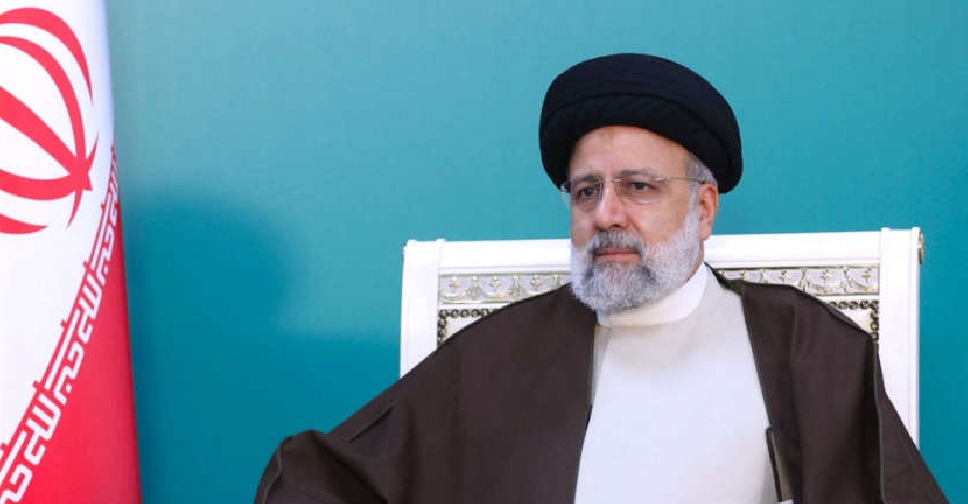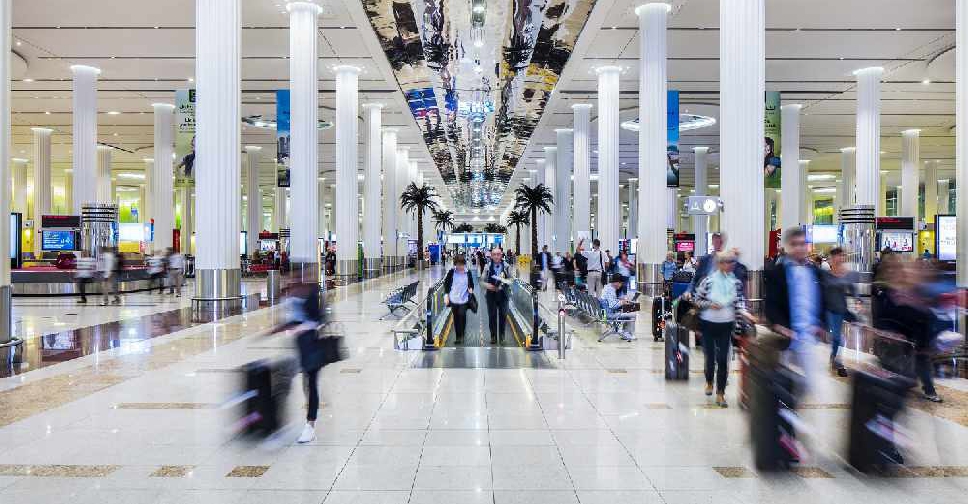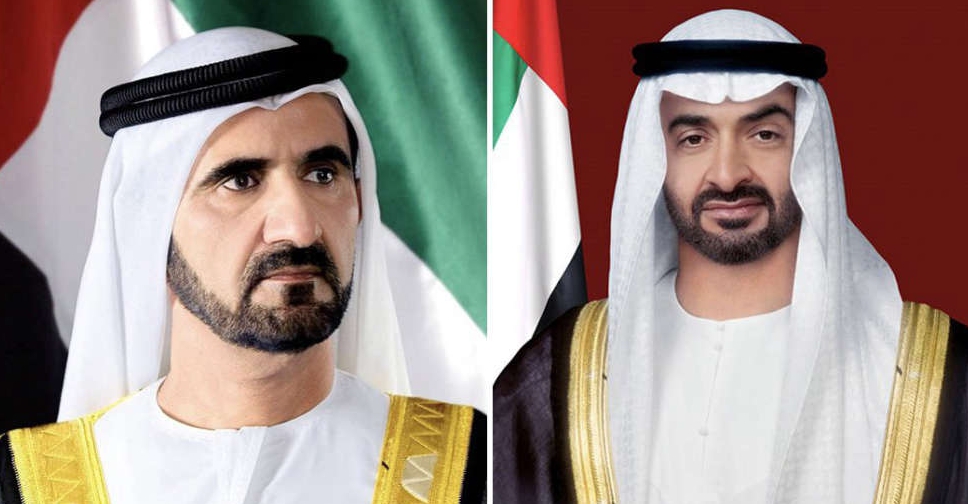
China on Wednesday launched a satellite that will act as a communications bridge between ground operations on Earth and an upcoming mission on the far side of the moon, marking a new phase in the country's long-term lunar exploration programme.
A Long March 8 rocket carrying the 1.2-metric ton Queqiao-2, named after a mythological bridge made of magpies, and two miniature satellites, Tiandu-1 and -2, blasted off from the southern island province of Hainan, state media reported.
The moon's near side always faces Earth. That means data transfers from the far side are impossible as there is no direct line of sight.
Queqiao-2 will orbit the moon and relay signals to and from the Chang'e-6 mission, expected to be launched in May. The robotic Chang'e-6 mission will seek to retrieve samples from an ancient basin, acquiring lunar material from the moon's hidden side for the first time.
Queqiao-2 will also be used as a relay platform for the Chang'e-7 lunar mission in 2026 and the Chang'e-8 mission in 2028.
By 2040, Queqiao-2 will be part of a constellation of relay satellites serving as a communications bridge for crewed lunar missions and exploration on other planets like Mars and Venus.
The Tiandu-1 and -2 miniature satellites will conduct tests for the construction of a constellation.
The constellation will also provide communications, navigation and remote sensing support for China's research station planned for the moon's south pole.
Queqiao-2 will join half a dozen orbiters deployed by other countries, including the United States, India and Japan.
LUNAR ORBIT
Queqiao-2's designed lifespan of at least eight years will allow it to support lunar missions beyond 2030, when China is expected to land its first astronauts on the moon.
The satellite is expected to enter an orbit that passes close to the moon's south pole, where China will contruct its research outpost.
Queqiao-2's orbit will be highly elliptical, reaching as high as 8,600 km above its surface and enabling a communication link between Earth and the moon for more than eight hours, wrote its designer Zhang Lihua in a 2021 article in the journal Space: Science & Technology.
For the remainder of its roughly 12-hour orbit, Queqiao-2 will be as low as 300 km above the lunar surface.
Queqiao-2 will take over from the aging Queqiao-1, launched in 2018.
Queqiao-1, which is a third as massive as Queqiao-2, was the first relay satellite deployed to the far side of the moon, supporting the Chang'e-4 mission.
The Queqiao-1, still operating despite a designed lifespan of five years, orbits a point in space about 70,000 km beyond the moon.
In 2019, Chang'e-4 was the first spacecraft to perform a soft landing on the far side of the moon, successfully delivering the robotic rover Yutu-2, or Jade Rabbit in Chinese, to the surface. Yutu-2 is still in operation.
 UK inquiry finds 'chilling' cover-up of infected blood scandal
UK inquiry finds 'chilling' cover-up of infected blood scandal
 Iranian President Raisi killed in helicopter accident, state media says
Iranian President Raisi killed in helicopter accident, state media says
 ICC prosecutor seeks arrest warrants for Israeli, Hamas leaders
ICC prosecutor seeks arrest warrants for Israeli, Hamas leaders
 Assange given permission to appeal against US extradition
Assange given permission to appeal against US extradition
 Israel intends to broaden Rafah sweep, Defence Minister tells US
Israel intends to broaden Rafah sweep, Defence Minister tells US




